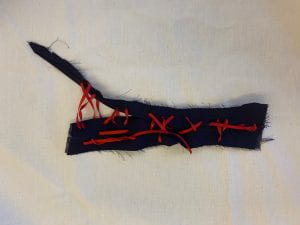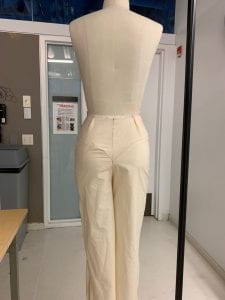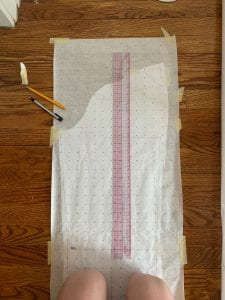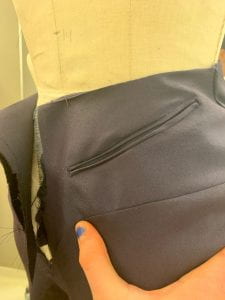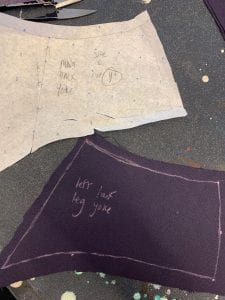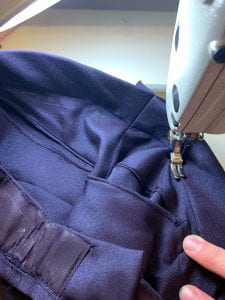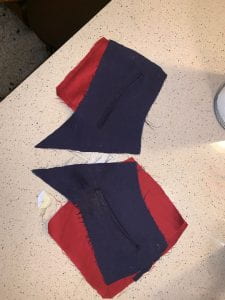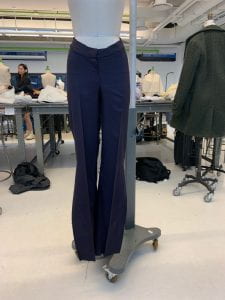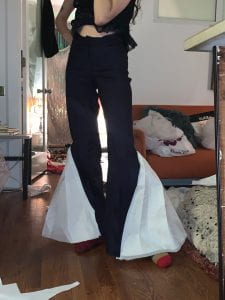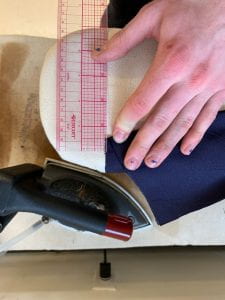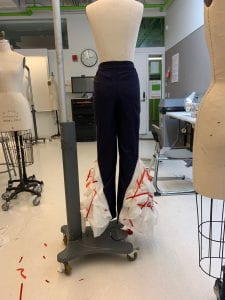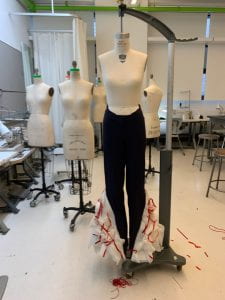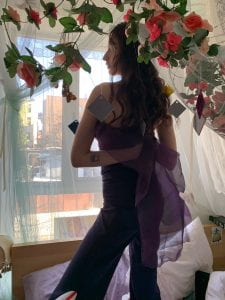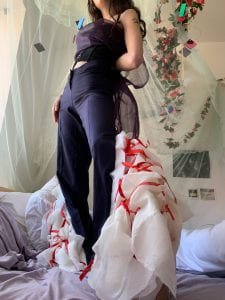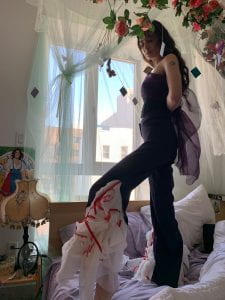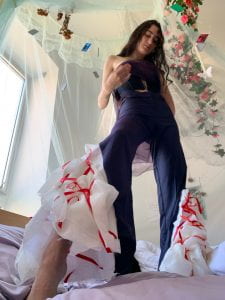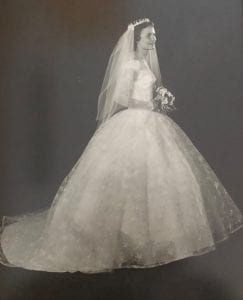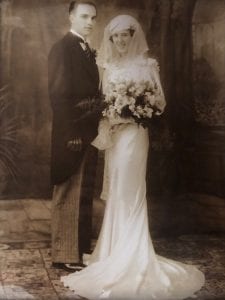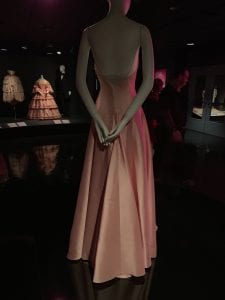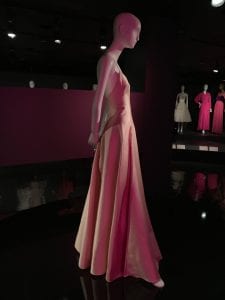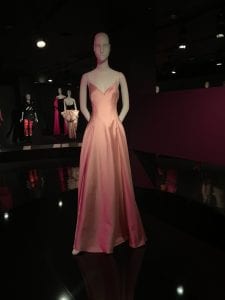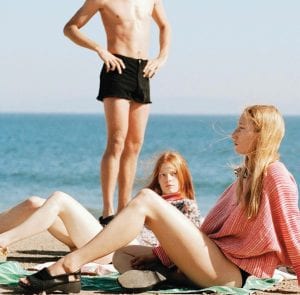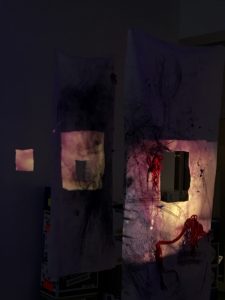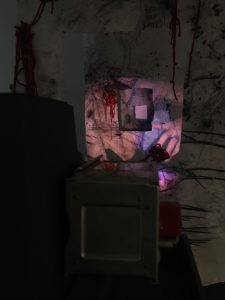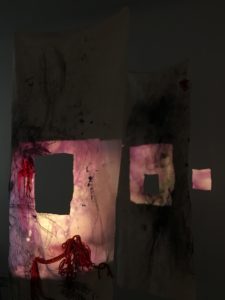Narrative: Description of Project
For the pants project, I wanted to create a garment that reflects my current vein of thought. In combination with my research on the city of Paris, I found that romance, structure, and emotion were key ideas of my design. From the beginning of the assignment, I knew what I wanted to say, it was just a matter of how I was going to express that. This project brought me to new territory in my design work; I had not previously made trousers, but after this project, I feel that my design capabilities have expanded immensely. With my pants, I feel I’ve been able to express my message of romance and deep emotional connection through the use of material, form, and finishings. When starting the project, I had one initial goal: to reach further understanding of myself and my emotions through my clothing. After countless hours of work and thought, I’m happy to say I feel that I reached my goal of personal understanding through this project.
Inspiration/Research:
The research for this project began by focusing on the city of Paris. Having lived in Paris during summer 2016, I drew on the emotions I felt during my time there to inform my emotionally minded design. I first focused on who my wearer was; she is silent yet powerful, extravagant yet contained, and sure of herself above all else. I used inspiration from classic Parisian art and culture, focusing on Le Moulin Rouge, Alberto Giacometti’s work in Paris, and Martin Margiela. Moulin Rouge and the cabaret shows put on there informed the romantic side of my research, while Giacometti and Margiela inspired form and design ideals.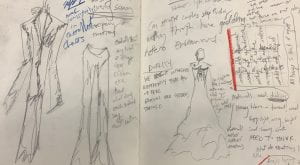
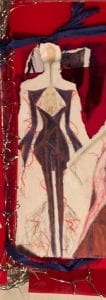
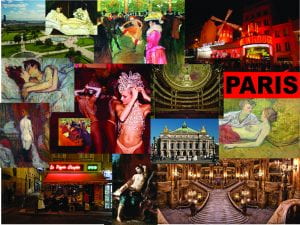
Fabric swatches and treatments:
Process: Draft, Drape, Construct
Completed Pant on Pant form:
Model Shoot:


